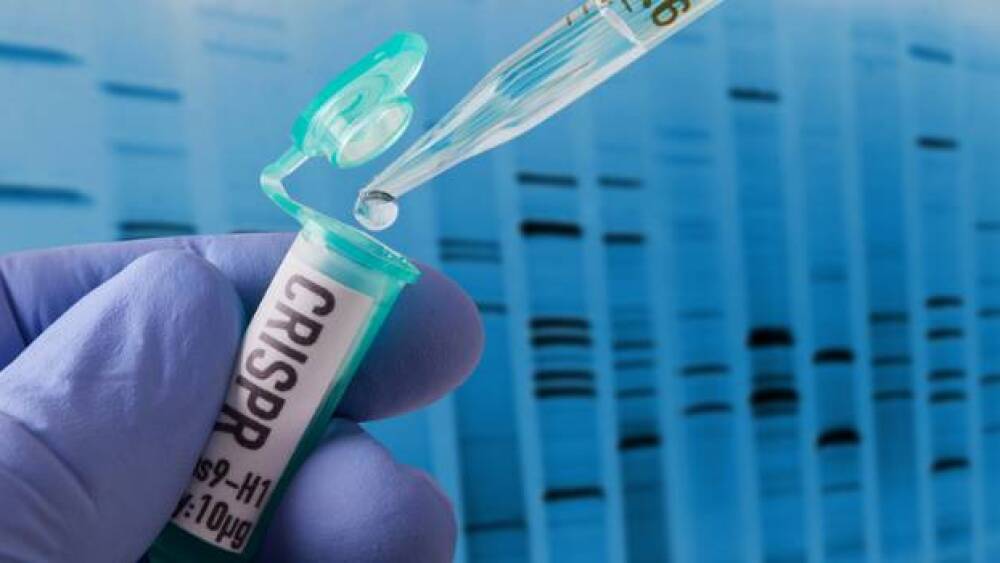CRD’s CRD-TMH-001 is expected to upregulate an alternate form of the dystrophin protein with CRISPR technology and stabilize or reverse the symptoms associated with DMD.
The nonprofit biotech Cure Rare Disease (CRD) is headed to the clinic with a CRISPR therapeutic aimed at halting the progression of Duchenne muscular dystrophy in single-patient dosing.
The Boston-based organization secured an investigational new drug (IND) application for its first therapeutic to make the clinic. CRD-TMH-001 is designed to treat muscle promoter and exon 1 mutations on the dystrophin gene. CRD said CRD-TMH-001 is expected to upregulate an alternate form of the dystrophin protein with CRISPR technology. The goal will be to stabilize or, potentially reverse the progression of symptoms associated with Duchenne muscular dystrophy.
The first patient is expected to be dosed at UMass Chan Medical School. CRD said the single patient clinical study will include protocols to follow the patient for up to 15 years to determine the length of efficacy. Following administration of the gene therapy, the patient will remain under monitoring in the hospital to ensure there are no uncontrolled adverse reactions.
Richard Horgan, founder and CEO of Cure Rare Disease, expressed excitement over the clinical trial and said this milestone is just the beginning of CRD’s efforts to develop therapies for rare and ultra-rare diseases.
“We look forward to leveraging this approach to continue breaking down barriers in the drug development process for patients who need effective treatments now,” Horgan said in a statement.
Duchenne muscular dystrophy is an X-linked degenerative neuromuscular disorder causing severe progressive muscle loss and premature death. The disease affects one in 3,500 male births and is extremely rare in females. DMD is associated with specific errors in the gene that codes for dystrophin, a protein that plays a key structural role in muscle fiber function. Muscles lacking dystrophin are more susceptible to damage. The condition is universally fatal, and death usually occurs before age 30.
Currently, there are five therapies approved by the U.S. Food and Drug Administration for Duchenne muscular dystrophy, and there are multiple approaches in the clinic from the likes of REGENXBIO, PTC Therapeutics, Caritas Therapeutics and more, including Sarepta Therapeutics, which already has three approved DMD drugs on the market.
In early August, Sarepta and its partner Roche announced plans to file for a fourth DMD treatment approval. CRD joins this list, hoping to arrest this rare disease, one of nearly 7,000 that plague the globe.
“It is inspiring to see Cure Rare Disease achieve FDA approval for the first-in-human IND using CRISPR-transactivator technology to treat a rare mutation causing Duchenne muscular dystrophy. Learnings from this significant accomplishment will undoubtedly benefit other rare disease patients and we look forward to continuing to collaborate with CRD in the future to help patients. We wish both the patient and family the best for the upcoming clinical trial,” Terence Flotte, dean, provost and executive deputy chancellor at UMass Chan, said in a statement.
CRD said its first IND’s success is due to its partnerships with researchers, scientists, and clinicians focused on developing breakthrough therapies for rare neuromuscular diseases. The collaborations include the Lek Lab at Yale University, Charles River Laboratories and many other collaborators.
“The success of this collaborative project and the development framework that CRD has built demonstrates there is a more efficient way to develop therapeutics for rare disease patients who were previously told that there was no hope for them,” Horgan said in a statement. “As we celebrate this accomplishment, it is imperative that the US Centers for Medicare & Medicaid Services understand the financial hurdles that the rare disease community must overcome and consider the implementation of a reimbursement model to make this growing pathway accessible to more patients.”





